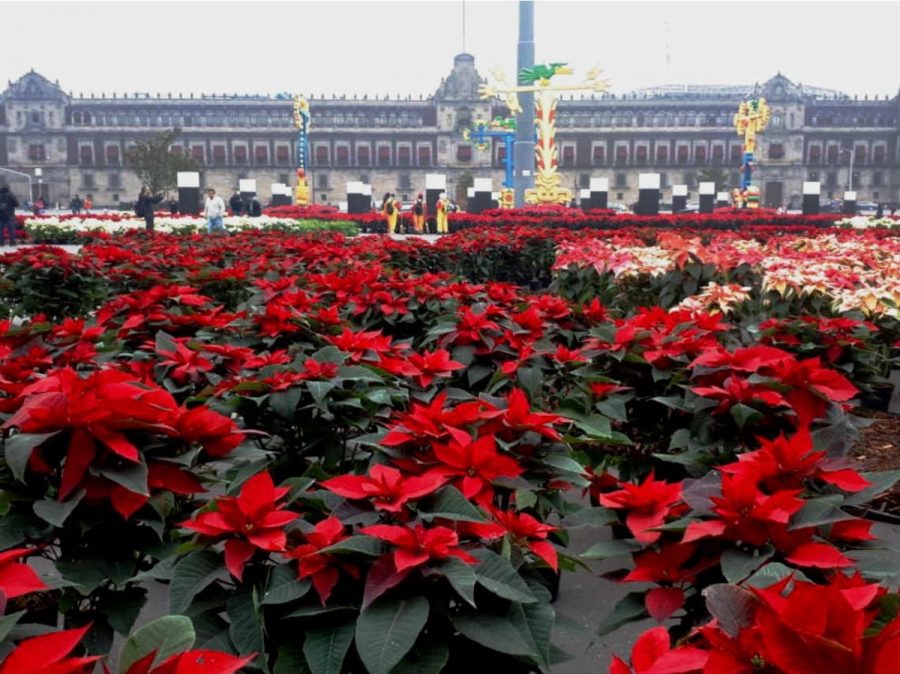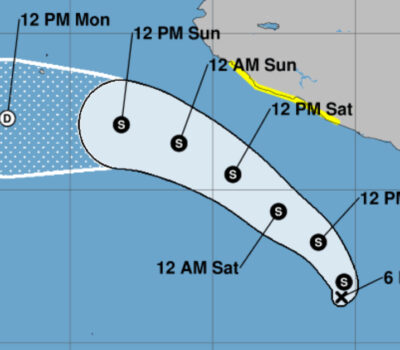With its reddish, pink, yellow or white hue, the Flor de Nochebuena (Christmas Eve Flower) is an infallible decorative piece that enters Christmas ornaments in Mexico and much of Central America.
While in Argentina, Uruguay and Paraguay it is known as Federal Star, in Nicaragua and Costa Rica it is called Pastora. In Colombia and Venezuela, it is the Christmas Flower and in other countries, it is called Flor del Inca or Christmas Star.
According to data from the National Autonomous University of Mexico (UNAM), the Christmas Eve flower adorned the altars dedicated to the goddess Tonantzin and was also used by the native peoples for medicinal and ceremonial purposes. The Mexica culture referred, in Nahuatl language, to cuetlaxótitl (“flower that withers”).
This plant of abundant leaves that reaches a maximum height of 4 meters received the name Flor de Nochebuena or Easter Flower in the seventeenth century by Franciscan monks, who took advantage of its colorful appearance to decorate the first temples, Christmas processions, and the Fiesta del Santo Pesebre, a popular meeting deeply rooted in Taxco, Guerrero, and southwest of Mexico. In those times of Spanish colonization, the flowering of the plant was associated with the birth of Jesus.
The fame of the Christmas Eve Flower transcended national borders from the 17th century when it was taken to Europe. In 1825, the US doctor, botanist, and ambassador to Mexico, Joel Roberts Poinsett sent some of the plants to the United States to give to his friends to grow in greenhouses. Therefore, in North America and other Anglo-Saxon nations, the Christmas Eve Flower is better known as Poinsettia.
The Flor de Nochebuena dazzles the residents of Mexico City the most with more than 11 thousand plants that represent a cosmic eagle in the central Plaza del Zócalo and along Paseo de la Reforma avenue.
Researchers at the Institute of Biology of the UNAM estimate that more than 90 percent of the wild species of the Christmas Eve Flower grows in Mexico. The plant blooms only in December and January from the state of Sinaloa to northern Guatemala.
Flor de Nochebuena cultivation abounds in Guerrero, Oaxaca, Michoacán, and Chiapas. However, the annual figure of 20 million plants that grow in Mexico is notoriously lower than the production of the United States, Germany or Australia, where this native species of Mexico has great roots.
With its reddish, pink, yellow or white hue, the Flor de Nochebuena (Christmas Eve Flower) is an infallible decorative piece that enters Christmas ornaments in . . .












